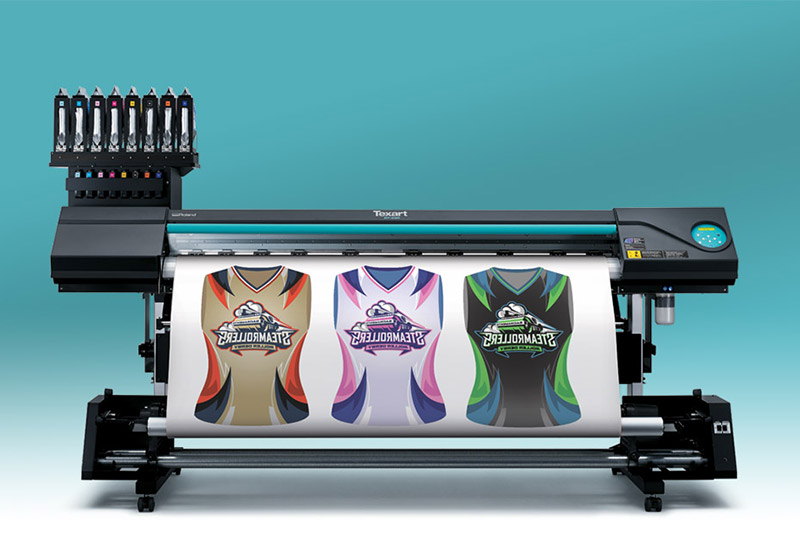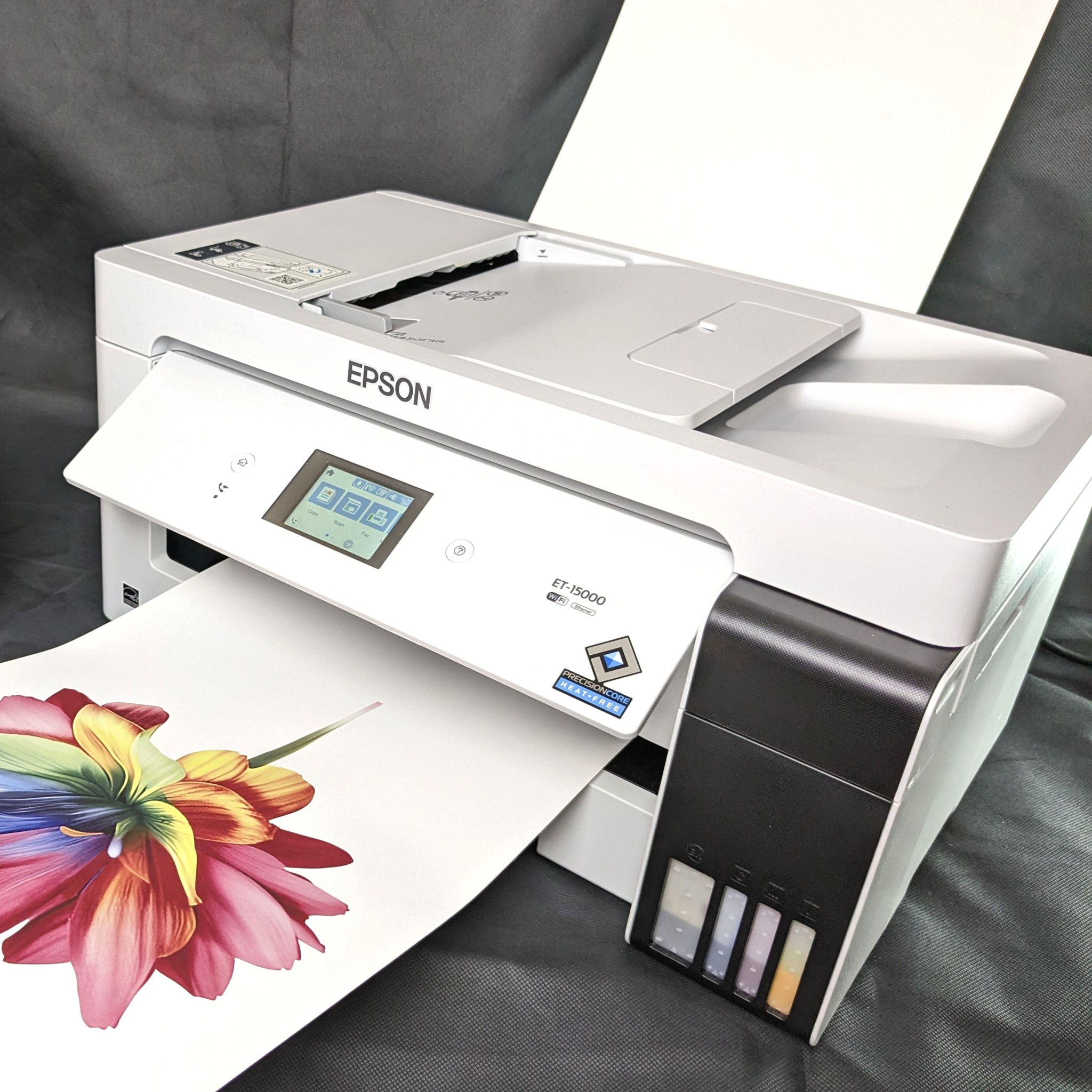Leading Trends in Branded Clothing That You Need to Know About
Leading Trends in Branded Clothing That You Need to Know About
Blog Article
A Comprehensive Guide to the Various Sorts Of Fabric Printing Strategies
Beginning on an exploration of fabric printing strategies discloses a remarkable intersection of practice and development. Each technique, from the meticulous craftsmanship of block printing to the fast efficiency of screen printing, serves special objectives and provides distinctive benefits. Digital printing's flexibility and ecological awareness stand in raw comparison to the quick modification of warmth transfer printing. Color sublimation printing captivates with its ability to create vibrant, long-lasting layouts on synthetic materials. To truly understand the subtleties and prospective applications of these varied methods, a deeper investigation is indispensable.
Block Printing
Block Printing, one of the oldest approaches of textile decor, has a rich background that dates back to ancient human beings. The process includes sculpting intricate layouts into wooden blocks, which are after that dipped in dye and pressed onto textile to develop patterns.
The accuracy and craftsmanship associated with block printing make it a labor-intensive process, but it additionally permits a high degree of personalization. Craftsmens can create unique patterns by integrating different blocks or differing the application of color. This flexibility has contributed to the enduring appeal of block printing in both traditional and contemporary textile layout.
Block printing is especially valued for its aesthetic qualities, including the small variants in pattern and shade that arise from the hand-printing process. These imperfections provide a special personality to every item, distinguishing it from mass-produced textiles. Regardless of advancements in modern-day printing modern technologies, block printing stays a cherished method, commemorated for its historical value and creative value.
Display Printing
Display printing, another noticeable textile decoration strategy, has actually changed the industry with its effectiveness and versatility. This method includes creating a stencil, referred to as a screen, and utilizing it to use layers of ink on the printing surface. Each color in the style calls for a different display, which permits for intricate and dynamic multi-colored prints.

Among the vital advantages of display printing is its versatility to various types of materials, including cotton, polyester, and blends. This method is particularly appropriate for large-volume orders as a result of its cost-effectiveness and rate. The toughness of the prints is one more substantial benefit, as the ink bonds well with the textile, guaranteeing long-lasting designs that endure multiple washes.
When dried out, the layout is transferred onto the emulsion-coated screen making use of a UV light source. Ink is after that pressed with the pattern onto the textile utilizing a squeegee.
Screen printing is Click This Link extensively used in the fashion business, advertising items, and personalized apparel. Its capacity for top quality, detailed prints protects its standing as a keystone technique in textile printing.
Digital Printing
Digital printing has actually swiftly become a cutting-edge method in the textile industry, leveraging advanced innovation to generate high-resolution designs straight onto fabric. Unlike traditional approaches, digital printing utilizes inkjet printers to deposit pigment or dye-based inks onto textiles, allowing vivid and complex patterns with an impressive level of information and color accuracy.
One of the primary advantages of electronic printing is its adaptability. This technique allows for on-demand printing, which significantly decreases waste and minimizes stock expenses.
In addition, digital printing is eco-friendly. Branded clothing. It makes use of water-based inks and calls for less water and power contrasted to conventional strategies, aligning with sustainable methods. The precision of electronic printing likewise permits making use of a larger variety of materials, including cotton, silk, polyester, and blends, making certain versatility across various applications
Warmth Transfer Printing
Just how does warm transfer printing reinvent fabric style? Warm transfer printing involves using warmth and stress to move a design from a specially created paper onto textile.
One of the primary benefits of warm transfer printing is its capacity to generate high-quality, comprehensive images swiftly and successfully. It is especially fit for tiny production runs and custom-made orders, making it a popular selection for customized apparel and advertising items. Additionally, this technique is functional, fitting different sorts of fabrics including cotton, polyester, and blends.
Moreover, heat transfer printing is reasonably cost-efficient contrasted to various other methods, as it calls for marginal configuration and lower first financial investment - Branded clothing. This cost, coupled with its capacity for creating dynamic, durable prints, underscores its pivotal role in contemporary fabric design

Dye Sublimation Printing
Dye sublimation printing, an innovative material printing strategy, supplies unequaled vibrancy and durability for styles on various artificial textiles. This approach includes converting solid dye into a gas without going through a fluid state, allowing the dye to permeate the fabric seamlessly. The procedure begins with printing the design onto an unique transfer paper making use of sublimation inks. The printed transfer paper is after that positioned on the fabric, and both are subjected to high warmth and stress making use of a warm press. The warm causes the color to sublimate and bond with the material fibers, producing a permanent, high-resolution print that withstands fading and cracking.
One of the essential benefits of color sublimation printing is its capability to produce continuous-tone prints with dynamic colors and elaborate information. Unlike various other printing methods, the color ends up being component of the material instead than resting my website on top of it, resulting check that in a soft and breathable surface.
Final Thought
Block printing is prized for its artisanal quality, while display printing is useful for high-volume production. Digital printing supplies versatility and environmental advantages, whereas heat transfer printing is suitable for quick customization.
Each technique, from the thorough workmanship of block printing to the fast effectiveness of screen printing, serves one-of-a-kind purposes and offers distinctive benefits. Digital printing's flexibility and environmental awareness stand in plain contrast to the quick personalization of warmth transfer printing. In spite of advances in modern-day printing modern technologies, block printing stays a cherished technique, commemorated for its historic significance and artistic worth.
Dye sublimation printing, a sophisticated material printing technique, supplies unmatched vibrancy and long life for designs on numerous artificial fabrics. Digital printing supplies adaptability and environmental benefits, whereas warm transfer printing is excellent for fast customization.
Report this page